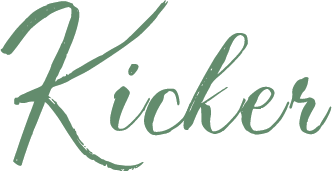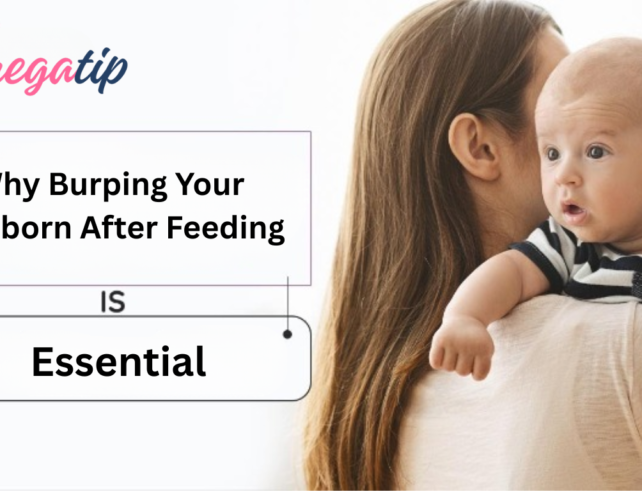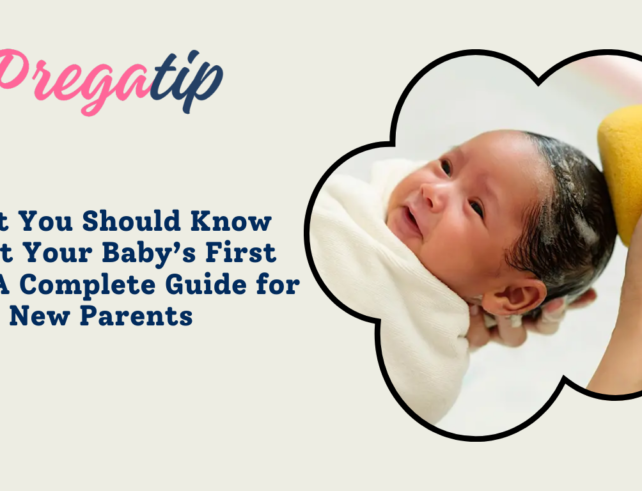Babbling: The Development Of Baby Language


Babbling, that charming and seemingly nonsensical stage of infant communication holds significant importance in baby language development. It is a delightful phase that signifies your baby’s journey toward acquiring speech and understanding the world around them. In this article, we will explore the fascinating world of babbling and its role in the early development of language. From understanding the babbling stages to tips on building your baby’s language skills, let us look into this aspect of your child’s growth.
Babbling is more than just beautiful vocalizations; it is a significant developmental milestone. It indicates the brain’s readiness to understand and produce speech. This stage, usually starting around six months, is where babies experiment with tones, pitch, and syllables, laying the foundational bricks for future language skills. Through these seemingly random noises, babies actively engage in vocal play, practising mouth movements and mimicking sounds they hear. This also paves the way for their first words and deeper communication with the world around them.
1. The Significance of Sounds
Before we look into the intricacies of babbling, let us explore why this stage is so significant.
a. A Precursor to Speech
Babbling is a crucial step in your baby’s language development journey, establishing the groundwork for both speaking and understanding words.
b. Communication and Exploration
Cooing sounds allows babies to experiment with sounds, tones, and rhythms, building their curiosity about language.
2. The Early Stages of Babbling
Understanding the progression of cooing sounds is essential to appreciating its role in language development.
a. Reflexive Sounds
In the earliest stage, babies produce reflexive sounds, like crying and cooing, to communicate.
b. Exploratory Babbling
Exploratory babbling begins as babies experiment with various sounds and syllables, often repeating combinations like “ba-ba” or “dada.”
3. Reduplicated Babbling
Repeated syllables and the emergence of recognisable sounds mark this phase.
a. “Mama” and “Dada”
During babbling, babies may utter sounds like “mama” or “dada,” often bringing joy to parents who interpret these as first words.
b. Expanding vocabulary
Reduplicated babbling signifies the gradual expansion of your baby’s vocals.
4. Variegated Babbling
The production of various consonants and vowel sounds characterizes different types of babbling.
a. Phonemic Diversity
Babies in this stage explore the full range of speech sounds, preparing them for more complex language development.
b. Advanced Vocalization
Varied babbling represents a significant leap in your baby’s ability to imitate sounds and engage in vocal play.
5. The Role of Imitation
Imitation plays a critical role in the cooing phase.
a. Mimicking Speech
Babies closely observe the speech patterns of those around them, mimicking the sounds they hear.
b. Encouraging imitation
Parents and caregivers can promote imitation by engaging in conversations and singing with their babies. This lays the foundation for language development.
6. Fostering Language Development Through Babbling
As parents, there are several ways to support and nurture your baby’s language development during the babbling phase.
a. Engage in Conversations
Hold conversations with your baby, responding to their babbling as if it were a meaningful conversation.
b. Reading and Singing
Reading books and singing songs to your baby exposes them to language patterns and enhances their vocabulary.
7. The Transition to Meaningful Words
Babbling eventually paves the way for your baby’s first meaningful words.
a. Recognising Real Words
As your baby’s language skills evolve, they begin to recognise and use actual words to communicate.
b. Celebrating Milestones
Celebrate each milestone in your baby’s language development journey, from their first word to full sentences.
In conclusion, developing a baby’s language through babbling is a remarkable and essential phase in your child’s growth. It is a journey filled with exploration, imitation, and the gradual transition from nonsensical sounds to meaningful words. As parents, your role is to nurture this development by engaging in conversations, reading, singing, and celebrating each milestone. Cooing is a beautiful beginning, laying the foundation for a lifetime of communication and understanding between you and your child. Embrace this precious phase as you witness the magical world of language unfolding in your baby’s tiny voice.



